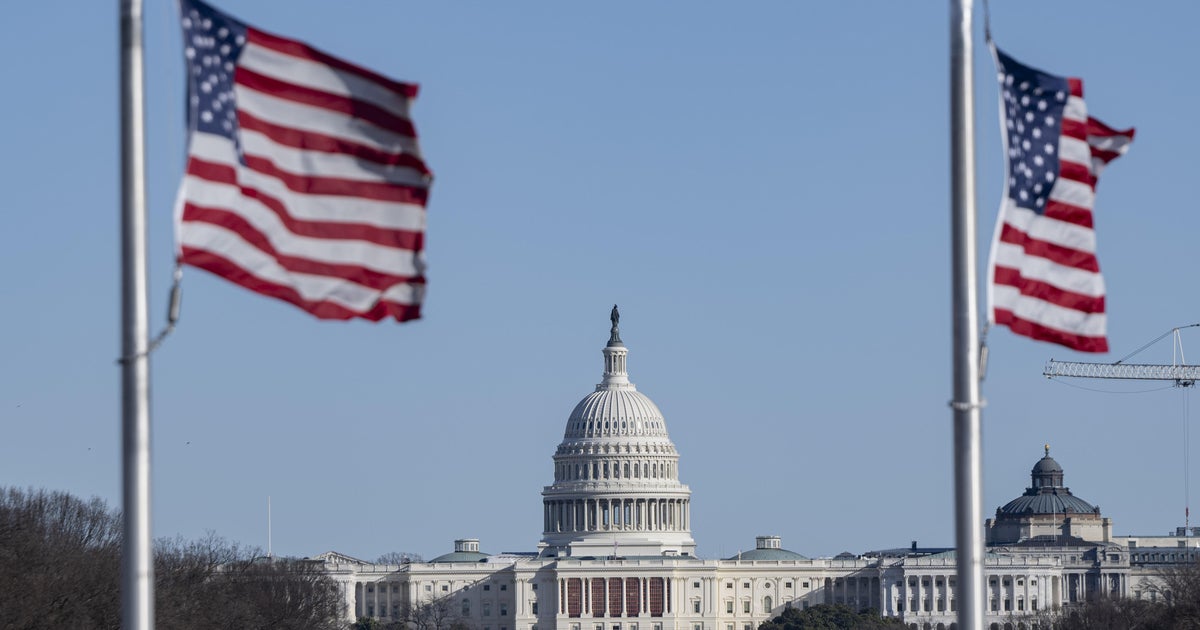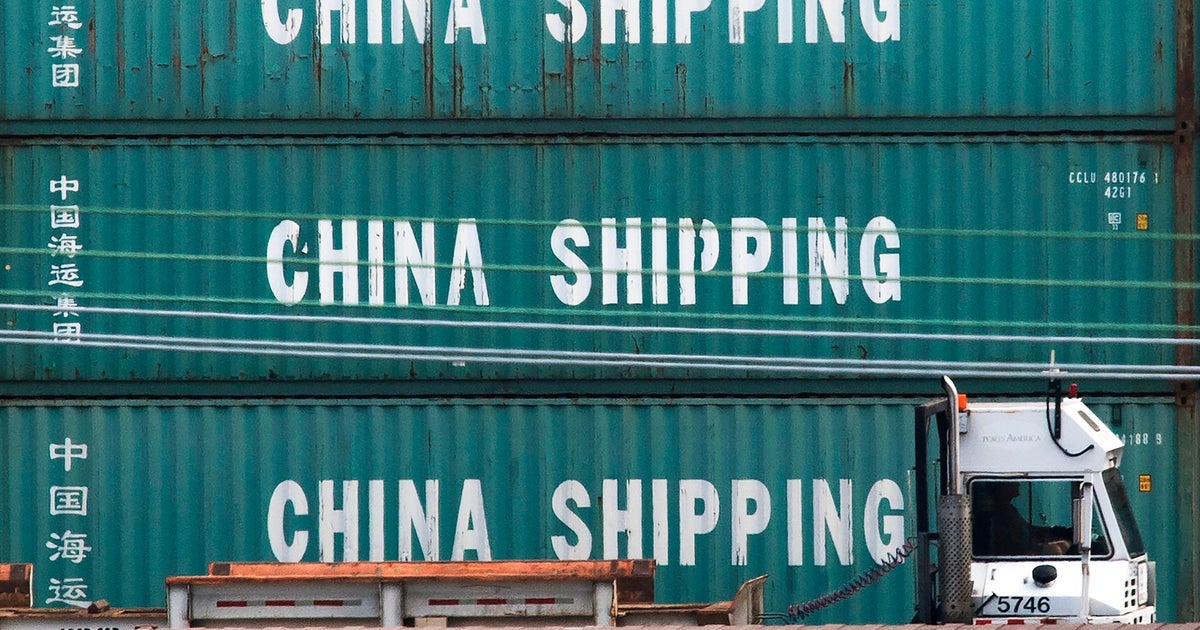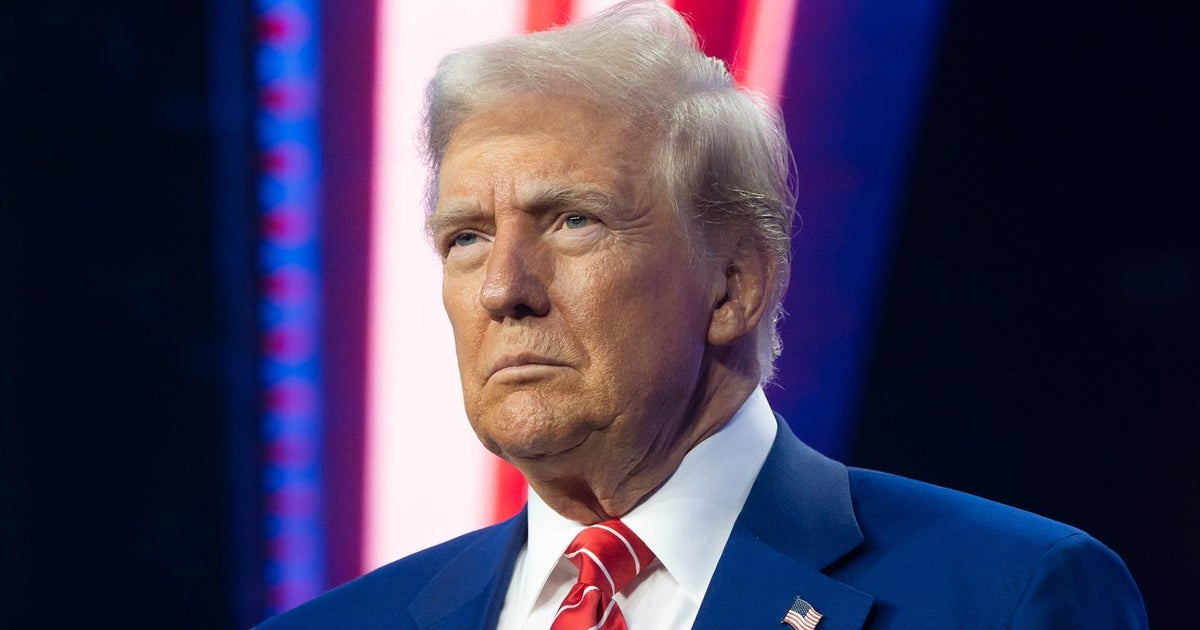Trump administration cuts refugee numbers
The Trump administration plans to admit a maximum of only 30,000 refugees in 2019. Although this would be the lowest refugee cap in U.S. history, Secretary of State Mike Pompeo, when making the announcement at the State Department Monday afternoon, called the new figures "expansive." He added that they should "not be viewed in isolation" because the U.S. is the world's most generous nation when it comes to humanitarian assistance.
Pompeo suggested that maintaining that high level of U.S. humanitarian assistance was related to the new cap, which he also said "serves the national security interests" of the US.
The Trump administration has long said that it would need to move resources to address the backlog in asylum seekers, and Pompeo referenced this, calling it a "daunting challenge." He said there are over 800,000 asylum cases pending. In 2019 the U.S. plans to process 280,000 asylum seekers.
The vetting process for refugees is extensive. It generally takes 18-24 months, and there are many layers. Despite the long vetting, Pompeo believes the system under the Obama administration was "defective." And he cited the example of a border crosser affiliated with ISIS who had made it through the asylum process.
With humanitarian crises worldwide – in places like Syria, Yemen, South Sudan and Myanmar – there are currently unprecedented refugee flows, which are expected to continue next year. That means this shrinking of the U.S. refugee admittance number is a major blow to many refugee organizations.
"U.S. Secretary of State Mike Pompeo's announcement of a refugee ceiling of 30,000 is appalling, and it continues this administration's rapid flight from the proud U.S. tradition of providing resettlement to those fleeing persecution around the world," wrote Eric Schwartz, the President of Refugees International. "It is unacceptable that the United States is asking governments like Turkey, Jordan, and Uganda, among many others, to provide safety for literally millions of refugees, while the administration, in turn, announces the lowest refugee ceiling in U.S. history."
The cap itself is not the only factor in determining how many refugees are let into the U.S. Last year's refugee cap was 45,000. But by the end of August the U.S. had only let in 19,899 refugees, meaning that the U.S. will not hit its cap. They are unlikely to even reach half the maximum figure by the end of September.



